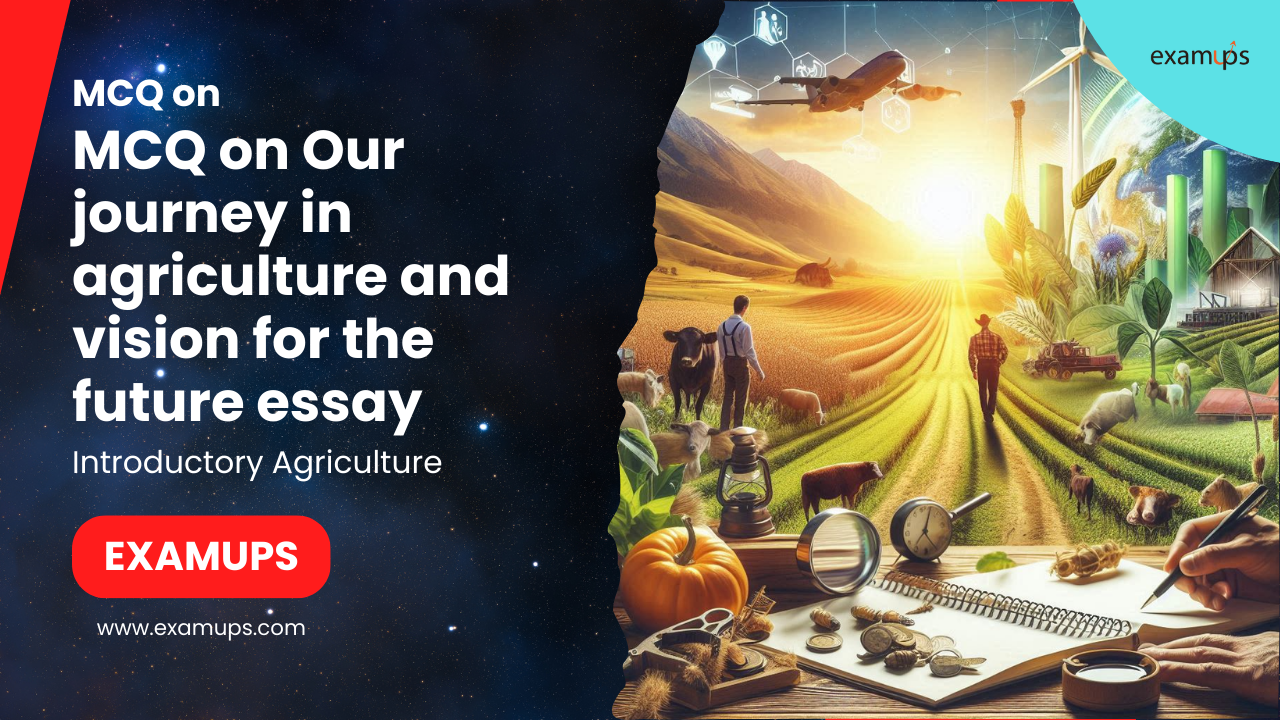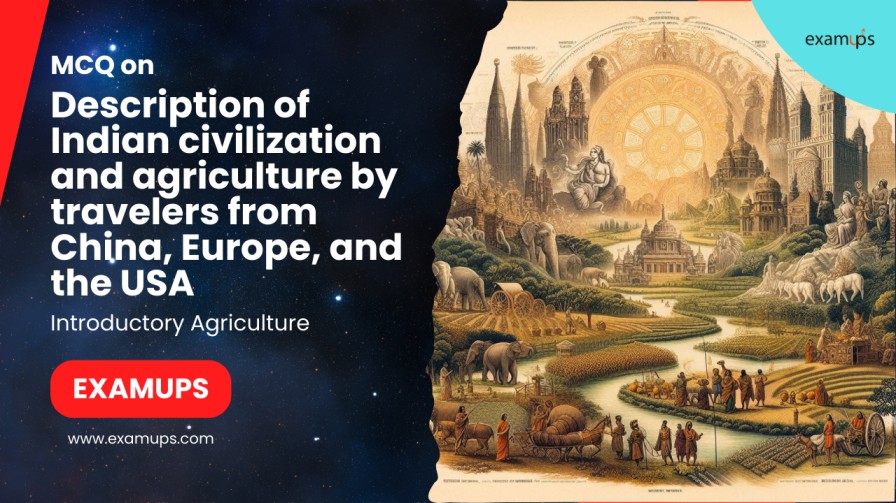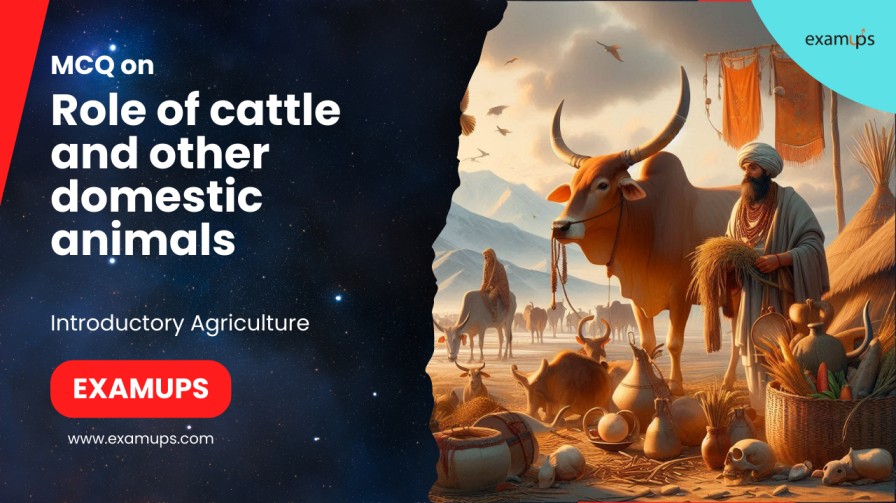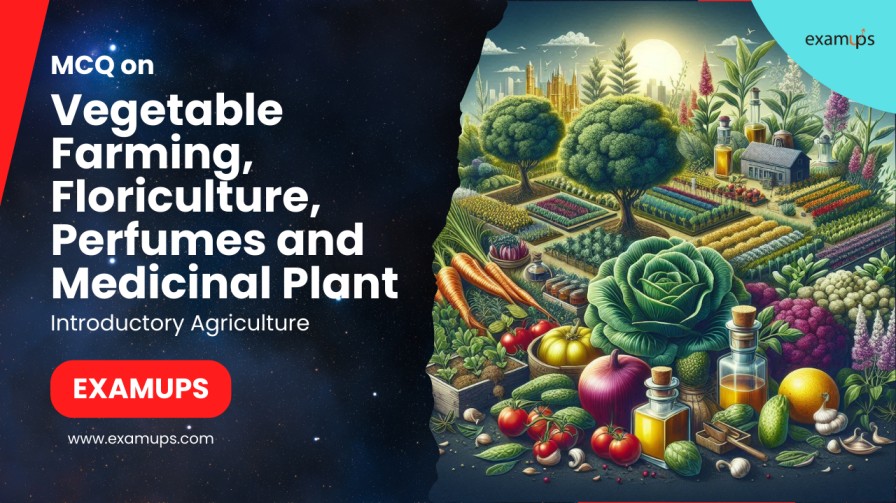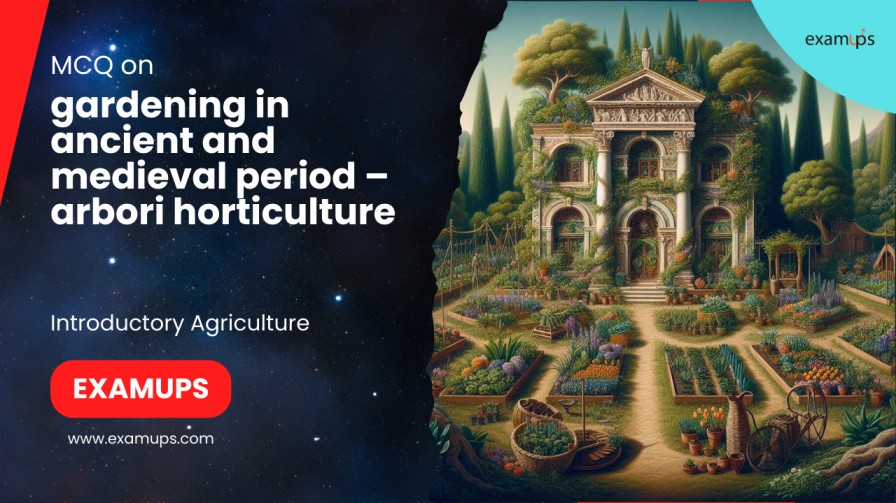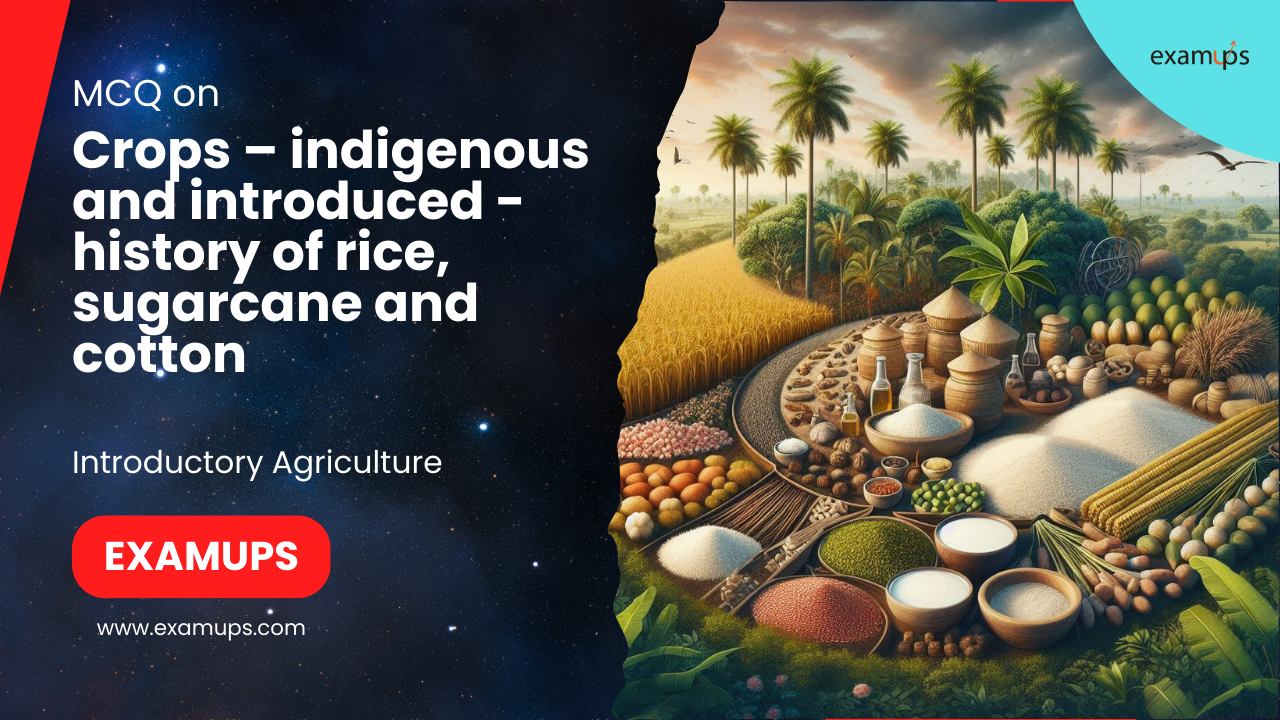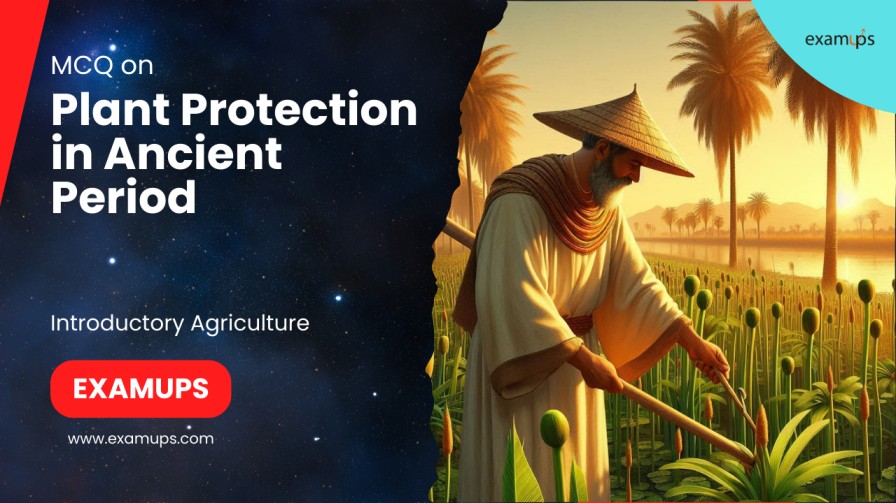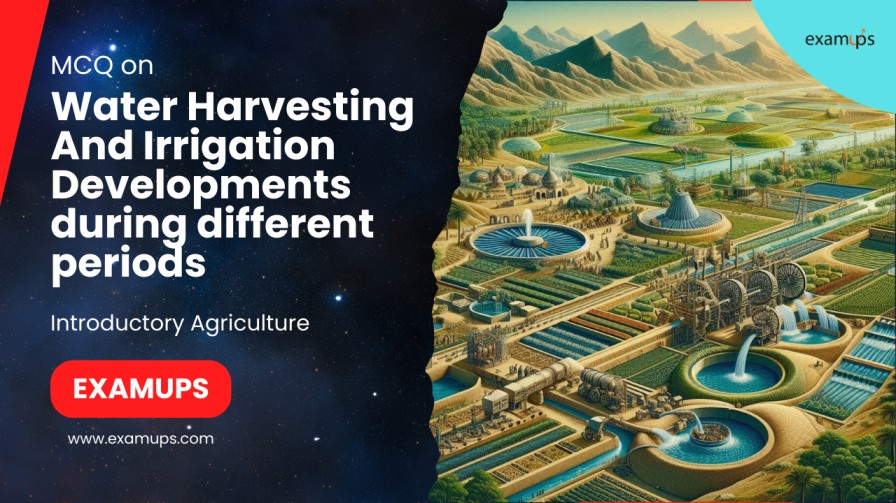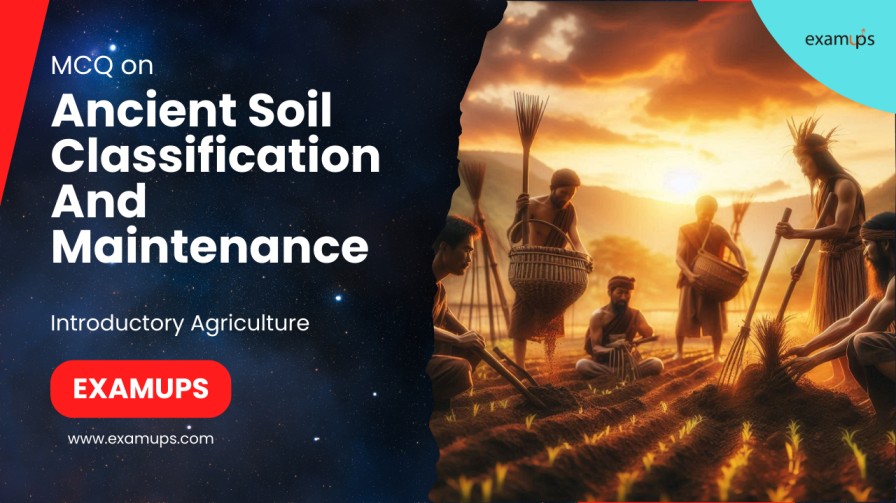MCQ on Our journey in agriculture and vision for the future essayMCQ on Our journey in agriculture and vision for the future essay
MCQ on Our journey in agriculture and vision for the future essay ICAR-JEF, ICAR-SRF, ICAR-NET, IBPS-AFO/SO, Pre-PG, BHU Pre-PG, IFFCO-AGT, CCI, FCI, B.sc, M.sc, All Agriculture Competitive Exams. What was







